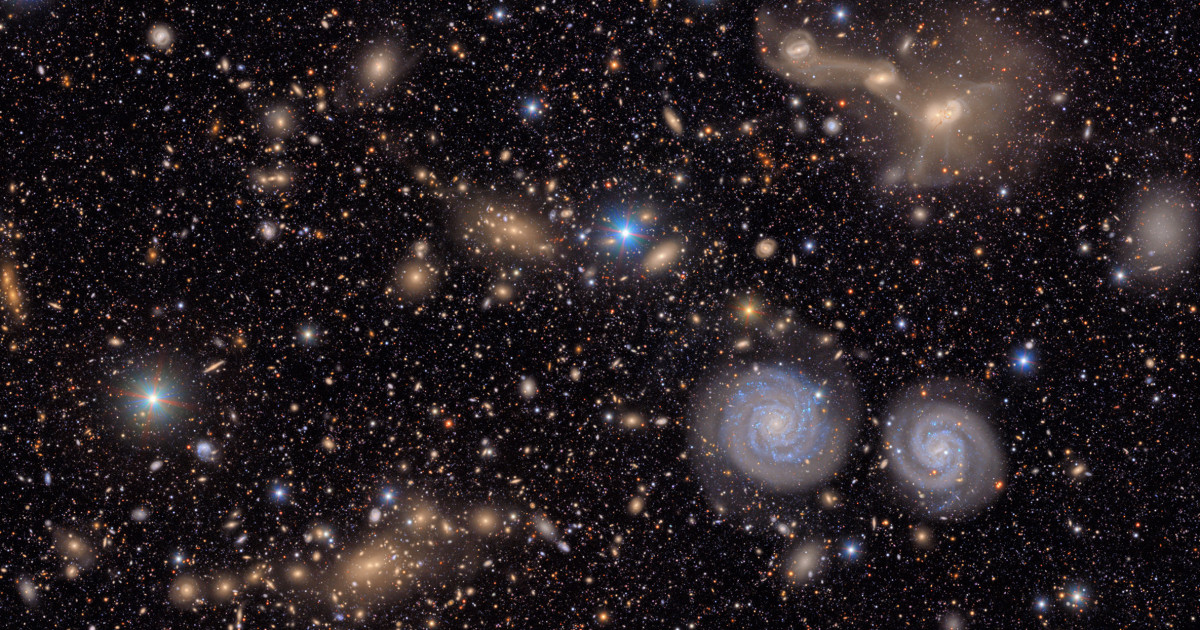
The images and videos from the Vera C. Rubin Observatory represent just over 10 hours of test observations and are sneak peeks ahead of an event Monday that will be livestreamed.
Astronomers have been eagerly anticipating the first images from the new observatory, with experts saying it could help solve some of the universe’s most enduring mysteries and revolutionize our understanding of the cosmos.
“We’re entering a golden age of American science,” Harriet Kung, acting director of the U.S. Department of Energy’s Office of Science, said in a statement.
The Vera C. Rubin Observatory is jointly operated by the Department of Energy and the U.S. National Science Foundation.
The facility, named after the American astronomer who discovered evidence of dark matter in the universe, sits atop Cerro Pachón, a mountain in central Chile. The observatory is designed to take roughly 1,000 images of the Southern Hemisphere sky each night, covering the entire visible Southern sky every three to four nights.
“Through this remarkable scientific facility, we will explore many cosmic mysteries, including the dark matter and dark energy that permeate the universe,” Brian Stone, chief of staff at the National Science Foundation, said in a statement.
